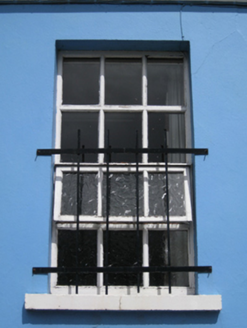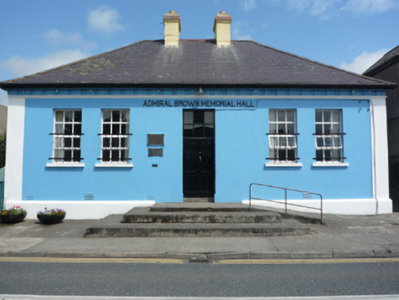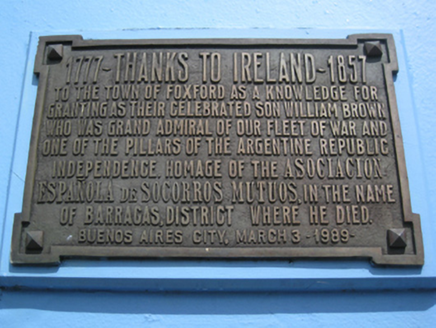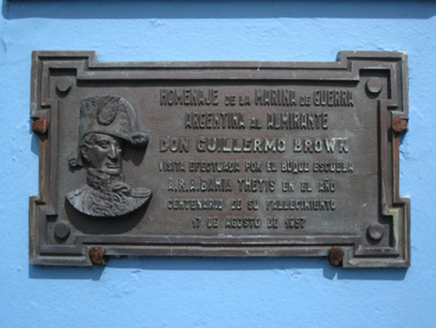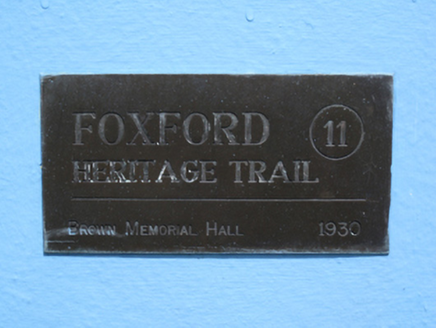Survey Data
Reg No
31206013
Rating
Regional
Categories of Special Interest
Architectural, Historical, Social
Original Use
Church hall/parish hall
In Use As
Church hall/parish hall
Date
1925 - 1935
Coordinates
127065, 304054
Date Recorded
26/11/2010
Date Updated
--/--/--
Description
Detached three-bay single-storey village hall, built 1930; dated 1930, on a T-shaped plan with single-bay (four-bay deep) full-height central return (north). Refenestrated, ----. Hipped slate roof on a T-shaped plan centred on pitched slate roof (north), clay or terracotta ridge tiles, paired rendered central chimney stacks having corbelled stepped stringcourses below capping supporting terracotta pots, and replacement uPVC rainwater goods on timber eaves boards on rendered eaves retaining cast-iron downpipes. Rendered walls on rendered chamfered plinth with rendered "bas-relief" pilasters to corners supporting indented band to eaves on "Cavetto"-detailed stringcourse. Square-headed central door opening with concealed dressings framing timber panelled double doors having overlight. Paired square-headed flanking window openings with concrete sills, and concealed dressings framing replacement timber casement windows behind wrought iron bars. Street fronted with concrete footpath to front.
Appraisal
A village hall erected to a design attributed to Ralph Henry Byrne (1877-1946) of Suffolk Street, Dublin (DIA), representing an important component of the mid twentieth-century built heritage of Foxford with the architectural value of the composition, one recalling the contemporary Tulsk Village Hall in neighbouring County Roscommon, confirmed by such attributes as the symmetrical footprint centred on a restrained doorcase; the coupled openings; and the high pitched roofline. NOTE: A plaque donated (1989) by the Asociacion Española de Socorros Mutuos commemorates Foxford and the 'celebrated son William Brown [1777-1857] who was Grand Admiral of [the] Fleet of War and one of the pillars of the Argentine Republic' (cf. 31206014).
